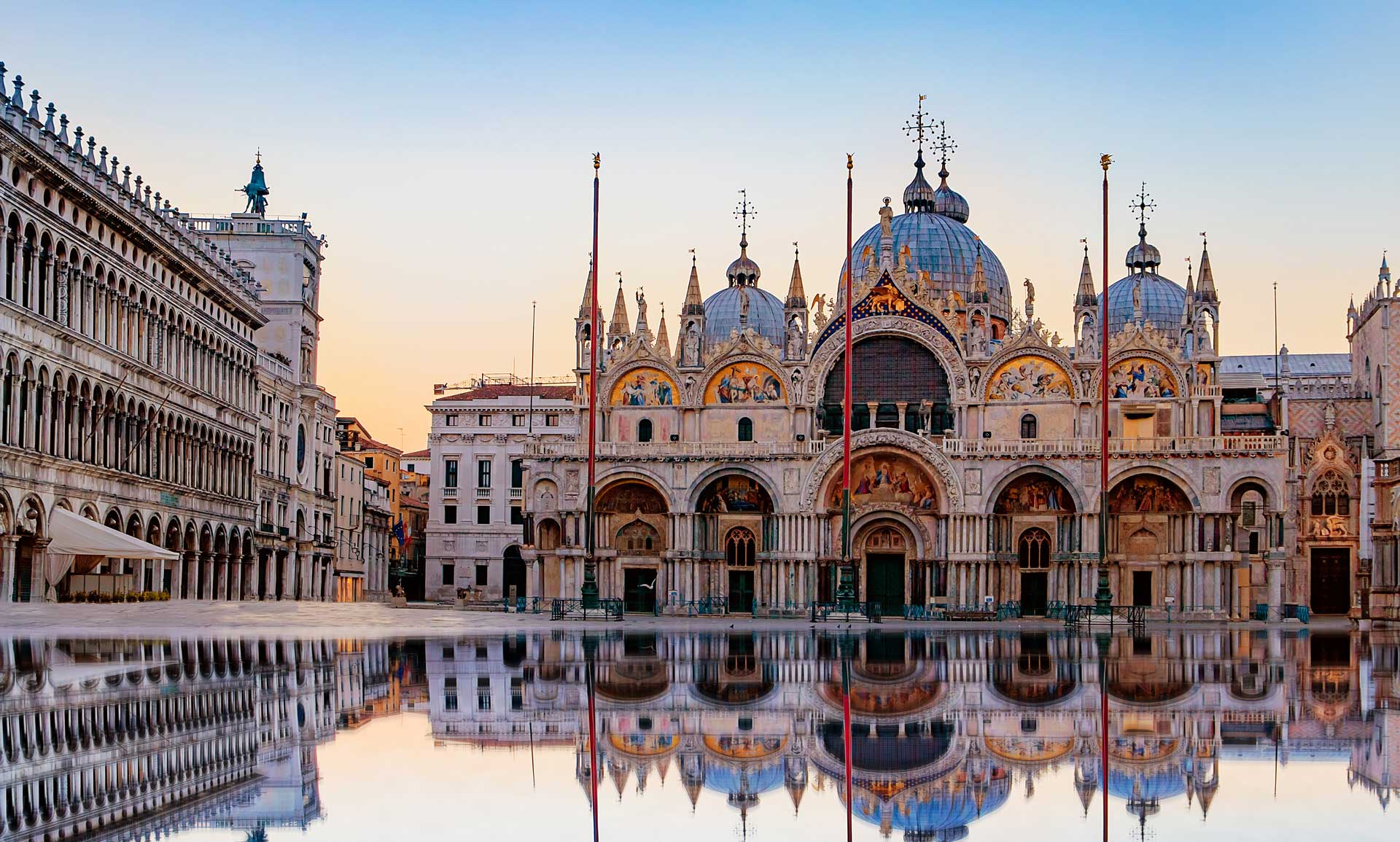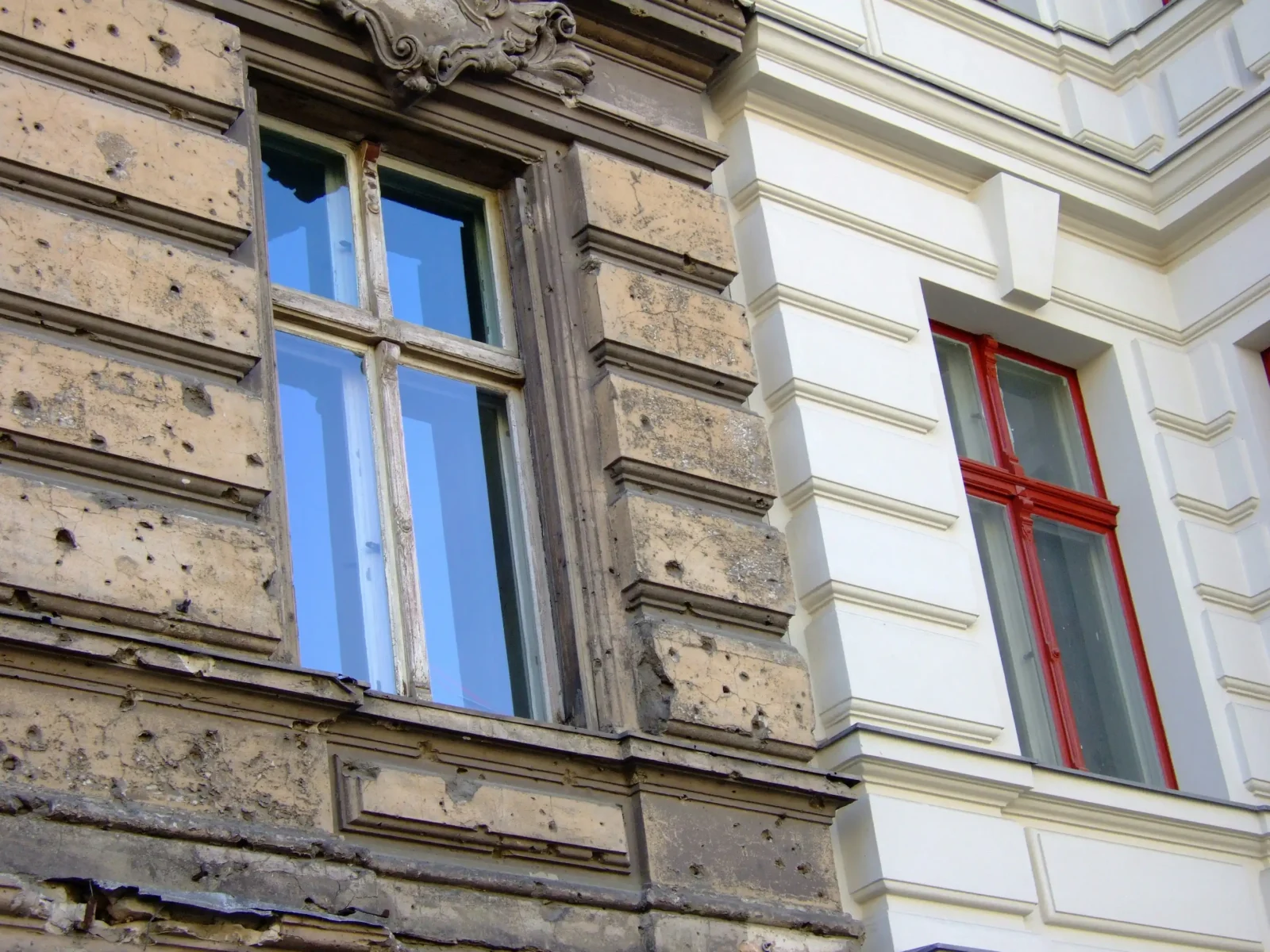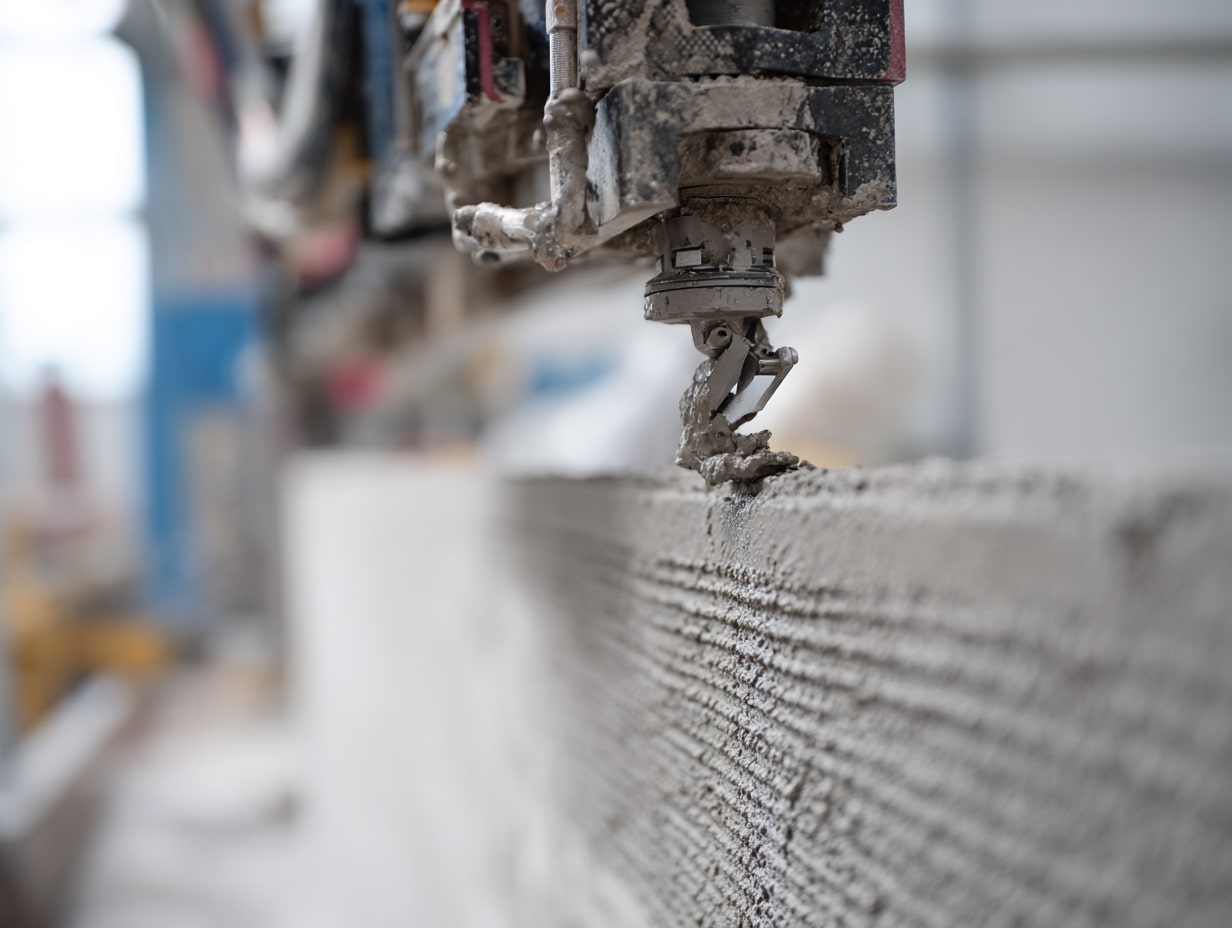- Home
- Articles
- Architectural Portfolio
- Architectral Presentation
- Inspirational Stories
- Architecture News
- Visualization
- BIM Industry
- Facade Design
- Parametric Design
- Career
- Landscape Architecture
- Construction
- Artificial Intelligence
- Sketching
- Design Softwares
- Diagrams
- Writing
- Architectural Tips
- Sustainability
- Courses
- Concept
- Technology
- History & Heritage
- Future of Architecture
- Guides & How-To
- Art & Culture
- Projects
- Interior Design
- Competitions
- Jobs
- Store
- Tools
- More
- Home
- Articles
- Architectural Portfolio
- Architectral Presentation
- Inspirational Stories
- Architecture News
- Visualization
- BIM Industry
- Facade Design
- Parametric Design
- Career
- Landscape Architecture
- Construction
- Artificial Intelligence
- Sketching
- Design Softwares
- Diagrams
- Writing
- Architectural Tips
- Sustainability
- Courses
- Concept
- Technology
- History & Heritage
- Future of Architecture
- Guides & How-To
- Art & Culture
- Projects
- Interior Design
- Competitions
- Jobs
- Store
- Tools
- More

Architecture has the power to shape our built environment, and with it, our society. From the towering skyscrapers of modern cities to the humble dwellings of rural communities, architecture is a crucial element of our daily lives. However, not all architecture is created equal, and it is the role of architectural criticism to evaluate, analyze, and ultimately improve upon the buildings and spaces that surround us. As our society continues to grow and change, the need for thoughtful and critical evaluation of architectural design will only become more urgent. By embracing this discipline, we can create a better, more functional, and more beautiful built environment for ourselves and future generations.
Architectural criticism is a discipline that has been around for centuries, but its importance has never been greater. As cities grow and urbanization becomes more prevalent, the need for thoughtful and critical evaluation of architectural design has become increasingly urgent. By examining buildings and spaces through a critical lens, we can better understand the impact they have on our lives and our environment, and work to improve them for the betterment of society.

One of the key benefits of architectural criticism is its ability to provide feedback and promote innovation. Architects are not infallible, and even the most talented designers can benefit from constructive feedback on their work. Criticism can highlight areas where a design falls short, identify potential problems, and offer suggestions for improvement. By incorporating this feedback into their work, architects can refine their designs, create more functional and sustainable buildings, and push the boundaries of what is possible in architectural design.
Architectural criticism also plays a critical role in shaping public opinion and influencing policy decisions. Buildings and public spaces are not just places for us to live and work, but they also have a profound impact on our social and cultural lives. A well-designed building or public space can foster a sense of community, encourage civic engagement, and promote social cohesion. On the other hand, poorly designed spaces can lead to isolation, disengagement, and even social unrest. By evaluating and critiquing the built environment, architectural critics can raise awareness of these issues and advocate for change at the policy level.

Finally, architectural criticism is crucial for preserving our cultural heritage. Architecture is not just a reflection of our present but also our past. Our built environment contains a wealth of historical and cultural significance, and it is the role of architectural critics to evaluate and preserve this heritage. By documenting and critiquing historic buildings and public spaces, we can ensure that they are maintained and protected for future generations.
Architecture Needs Criticism
Architecture needs criticism for several reasons. Without criticism, the quality of architectural design may suffer, leading to negative consequences for the built environment and society as a whole. Architecture is an art form, but it is also a practical discipline. The buildings and spaces that architects design must function properly and meet the needs of their users. Criticism helps ensure that architects are designing structures that are safe, functional, and well-constructed.
Criticism can inspire architects to push the boundaries of what is possible in architectural design. Constructive feedback can help architects improve their designs, incorporate new technologies and materials, and create innovative solutions to design challenges.
Architecture is not just about aesthetics, but also about how people interact with and use the built environment. Criticism helps ensure that buildings and public spaces are designed in a way that promotes social cohesion, encourages civic engagement, and reflects the cultural values and history of the communities they serve.
Architecture has a significant impact on the environment, and criticism can help ensure that architects are designing buildings and spaces that are sustainable and environmentally responsible. This can include using materials that are eco-friendly, designing buildings that conserve energy, and creating spaces that encourage sustainable behavior.

Submit your architectural projects
Follow these steps for submission your project. Submission FormLatest Posts
How Much Time Does It Take to Install Impact-Resistant Windows and Doors
Introduction Upgrading your home’s windows and doors can feel like a big...
How to Furnish Your New Home in 24 Hours (Without Picking Up a Screwdriver)
The keys have been handed over. The lease is signed. You are...
3D Printed Homes: Time, Cost, and What to Expect
3D printed homes explained: realistic timelines (24–72h walls, 8–16 weeks total), true...
How a Contact Centre Boosts Trust in Your Building Business
In construction, trust is the glue that holds projects together. Clients need...












Leave a comment